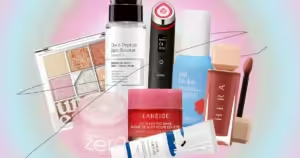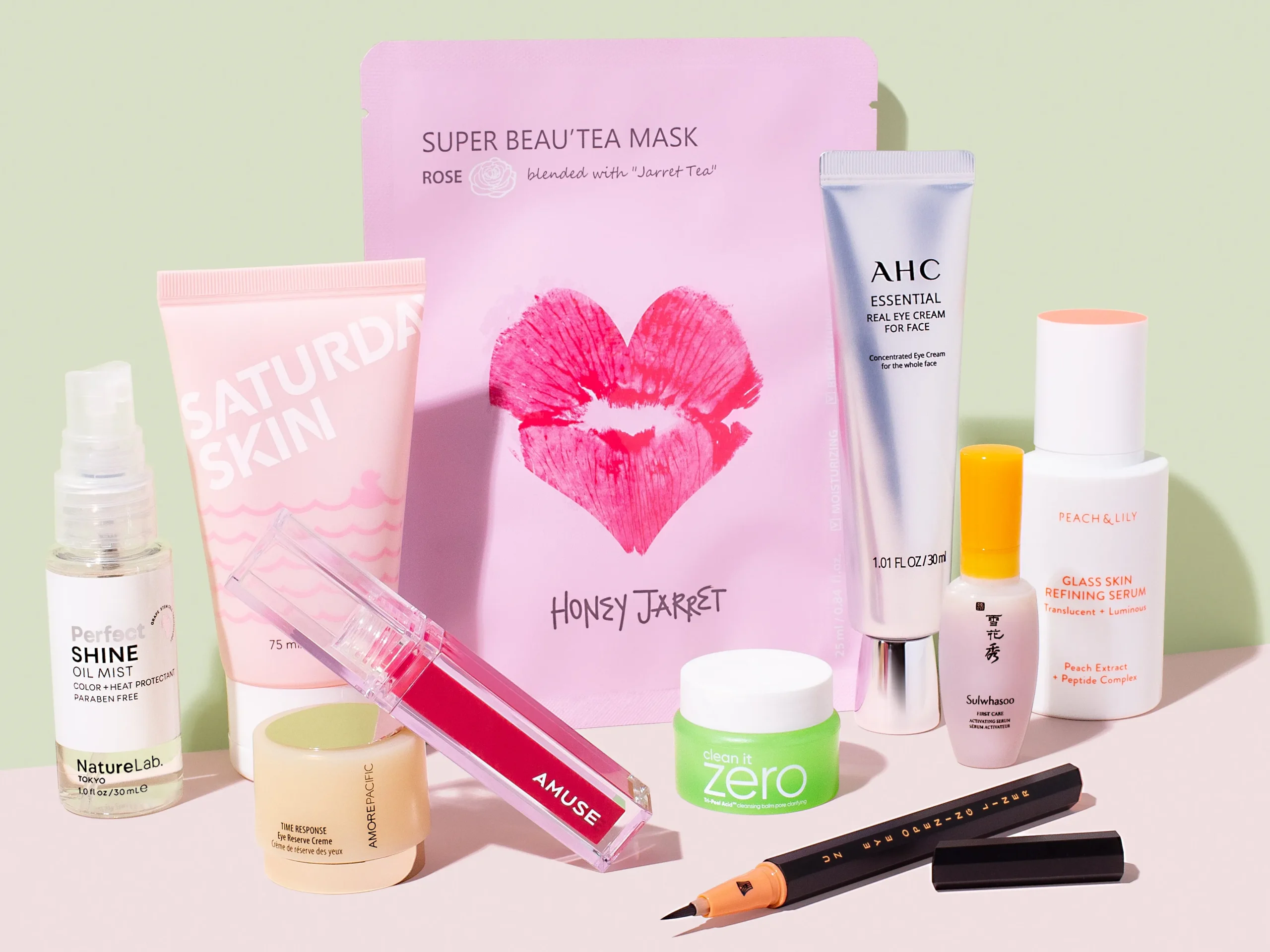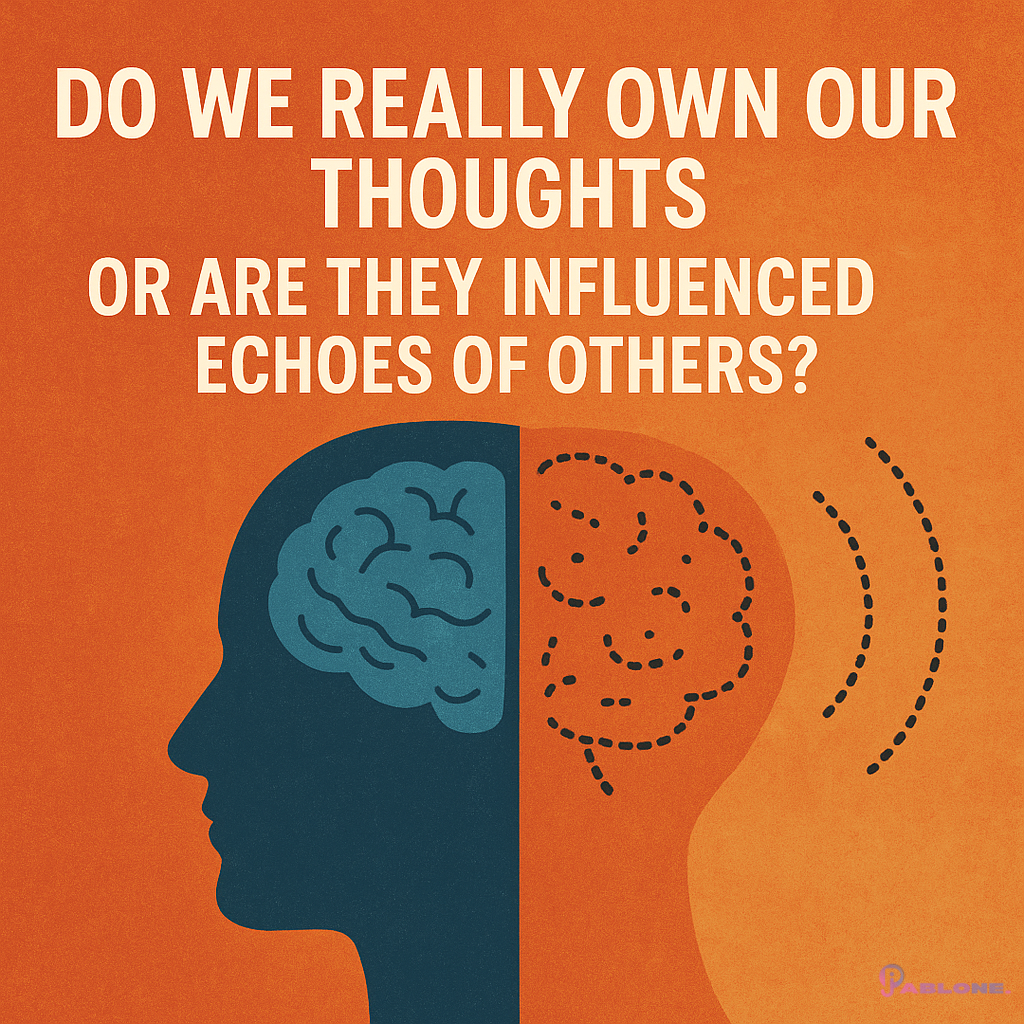In recent years, the global beauty industry has seen a significant shift, with Korean beauty (K-Beauty) and Japanese beauty (J-Beauty) leading the charge. These two beauty philosophies have captivated millions worldwide, transforming skincare routines, makeup trends, and consumer expectations. This comprehensive exploration delves into the origins, principles, and global influence of K-Beauty and J-Beauty, highlighting their differences, similarities, and the reasons behind their immense popularity.
Origins and Historical Context
K-Beauty
K-Beauty’s rise can be traced back to South Korea’s rapid economic development in the late 20th century. As the country became a technological and cultural powerhouse, its beauty industry also flourished. The term “K-Beauty” encompasses a wide range of skincare and cosmetic products, techniques, and routines rooted in traditional Korean practices and modern innovations.
Historically, Korean beauty practices emphasized natural ingredients and holistic approaches. Ingredients like ginseng, green tea, and rice water have been used for centuries to promote healthy, radiant skin. The modern K-Beauty industry has built on this foundation, integrating cutting-edge technology and research to create highly effective products.
J-Beauty
Japanese beauty, or J-Beauty, has a long and rich history that dates back to ancient times. Traditional Japanese beauty rituals, such as the use of camellia oil and rice bran, have been passed down through generations. Geishas, renowned for their flawless skin and intricate makeup, are often seen as the epitome of Japanese beauty standards.
J-Beauty focuses on simplicity, minimalism, and timeless elegance. The philosophy emphasizes the importance of inner beauty and a balanced lifestyle. Modern J-Beauty products often incorporate traditional ingredients with advanced scientific research to provide gentle yet effective skincare solutions.
Core Principles and Philosophies
K-Beauty: Innovation and Multi-Step Routines
One of the hallmarks of K-Beauty is its innovative approach to skincare and cosmetics. Korean beauty brands are known for their rapid product development cycles, constantly introducing new ingredients, formulations, and trends. This innovation is driven by a highly competitive market and a culture that values youthful, flawless skin.
A typical K-Beauty routine can involve anywhere from 7 to 12 steps, including cleansing, exfoliating, toning, treating, moisturizing, and protecting the skin. Each step is designed to address specific skin concerns and deliver optimal results. Key components of a K-Beauty routine include:
Double Cleansing: Using an oil-based cleanser followed by a water-based cleanser to remove makeup, sunscreen, and impurities.
Essence: A lightweight, hydrating product that enhances the absorption of subsequent products.
Sheet Masks: Infused with various active ingredients to provide intensive hydration and treatment.
Sun Protection: Daily use of sunscreen to prevent sun damage and premature aging.
J-Beauty: Simplicity and Holistic Care
J-Beauty, in contrast, emphasizes simplicity and the idea that less is more. Japanese skincare routines are typically shorter and focus on achieving balance and harmony. The J-Beauty philosophy prioritizes prevention and maintenance over quick fixes.
Key elements of a J-Beauty routine include:
Double Cleansing: Similar to K-Beauty, but often involves gentle, natural ingredients.
Lotion (Toner): A hydrating step that prepares the skin for moisturization.
Emulsion: A lightweight moisturizer that provides hydration without feeling heavy.
Essence: A concentrated treatment that addresses specific skin concerns.
Sun Protection: Consistent use of sunscreen to protect against UV damage.
J-Beauty also places a strong emphasis on lifestyle factors, such as diet, stress management, and overall wellness, recognizing their impact on skin health.
Global Influence and Popularity
K-Beauty: Viral Trends and Global Expansion
K-Beauty’s global influence can be attributed to several factors, including the rise of K-pop and Korean dramas, social media, and the internet. K-pop idols and actors are often seen as beauty icons, setting trends and endorsing products that quickly gain popularity worldwide.
Social media platforms like Instagram, YouTube, and TikTok have played a significant role in spreading K-Beauty trends. Influencers and beauty enthusiasts share their multi-step routines, product reviews, and skincare tips, creating a global community of K-Beauty aficionados.
The innovative nature of K-Beauty products has also contributed to their popularity. Products like BB creams, cushion compacts, and snail mucin serums have become staples in beauty routines across the globe. Korean beauty brands have successfully entered international markets, making their products accessible to a wider audience.
J-Beauty: Timeless Elegance and Cult Favourites
J-Beauty’s influence, while more understated than K-Beauty, is deeply rooted in its reputation for quality and efficacy. Japanese beauty brands like Shiseido, SK-II, and Hada Labo have long been respected for their innovative formulations and luxurious products.
The concept of “wabi-sabi,” which celebrates imperfection and transience, is often reflected in J-Beauty. This philosophy resonates with consumers who seek a more mindful and holistic approach to beauty.
J-Beauty has also embraced social media and digital marketing, albeit in a more subtle manner. The focus is often on building long-term relationships with customers and promoting a sense of ritual and self-care.
Key Differences Between K-Beauty and J-Beauty
While both K-Beauty and J-Beauty emphasize skincare and healthy skin, there are several key differences between the two:
Routine Complexity:
K-Beauty: Known for its elaborate multi-step routines that target various skin concerns.
J-Beauty: Favours simpler, more streamlined routines that focus on balance and prevention.
Innovation and Trends:
K-Beauty: Highly innovative with a constant influx of new products and trends.
J-Beauty: Prioritizes timelessness and quality, with a focus on tried-and-true ingredients.
Cultural Influences:
K-Beauty: Influenced by the popularity of K-pop and Korean dramas, with a strong presence on social media.
J-Beauty: Reflects traditional Japanese aesthetics and philosophies, emphasizing minimalism and inner beauty.
Ingredients and Formulations:
K-Beauty: Known for its use of unique and sometimes unconventional ingredients like snail mucin and fermented extracts.
J-Beauty: Focuses on gentle, natural ingredients like rice bran, green tea, and camellia oil.
The Future of K-Beauty and J-Beauty
The influence of K-Beauty and J-Beauty shows no signs of waning. As consumers become more educated about skincare and beauty products, they continue to seek out high-quality, effective solutions. Both K-Beauty and J-Beauty are well-positioned to meet these demands, each with its unique strengths.
K-Beauty: Continuous Innovation
K-Beauty is expected to maintain its momentum by continuing to innovate and introduce new products. The focus will likely expand to include more eco-friendly and sustainable options, reflecting a growing consumer concern for environmental impact. Personalized skincare solutions, powered by AI and advanced technology, may also become more prevalent.
J-Beauty: Timeless Quality
J-Beauty will continue to be valued for its timeless quality and holistic approach. As wellness and self-care become increasingly important, J-Beauty’s emphasis on simplicity and balance will resonate with a wider audience. The integration of traditional ingredients with modern science will remain a key selling point.
Conclusion
K-Beauty and J-Beauty have significantly impacted the global beauty industry, each bringing its unique philosophy and approach. While K-Beauty dazzles with its innovation and multi-step routines, J-Beauty captivates with its simplicity and timeless elegance. Together, they offer a diverse range of options that cater to different preferences and skin needs.
As the beauty landscape continues to evolve, the influence of K-Beauty and J-Beauty will undoubtedly persist, inspiring consumers to embrace skincare routines that not only enhance their appearance but also promote overall well-being. Whether you’re drawn to the cutting-edge trends of K-Beauty or the serene rituals of J-Beauty, both offer valuable insights into the art of skincare and the pursuit of beauty.








Leave a Reply